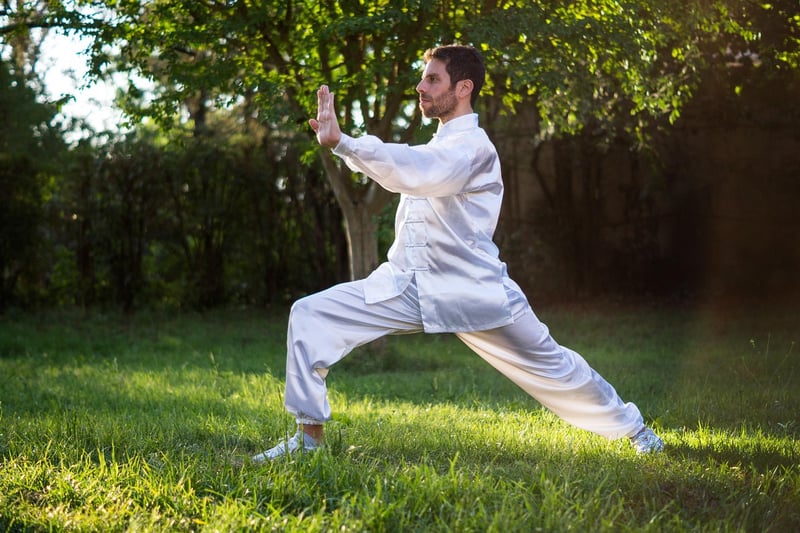Chen Style Tai Chi
The Art of Chen Style Tai Chi: A Timeless Chinese Martial Art
Originating in China, Tai Chi is a graceful form of martial art that has captivated practitioners for centuries. Among the various styles of Tai Chi, Chen Style Tai Chi stands out for its powerful movements and deep-rooted history. Let's delve into the world of Chen Style Tai Chi and discover its origins, benefits, and unique characteristics.
Origins of Chen Style Tai Chi
Chen Style Tai Chi traces its roots back to the Chen Village in Henan Province, China. It was created by Chen Wangting, a skilled martial artist, in the 17th century. The style combines elements of traditional Chinese martial arts with principles of Taoist philosophy, focusing on internal energy (qi) cultivation and slow, deliberate movements.
Characteristics of Chen Style Tai Chi
Chen Style Tai Chi is known for its explosive power, low stances, and intricate hand techniques. Practitioners alternate between slow, flowing movements and sudden bursts of energy, known as "fa jin." This dynamic contrast distinguishes Chen Style Tai Chi from other Tai Chi styles and emphasizes its martial applications.
Benefits of Practicing Chen Style Tai Chi
Regular practice of Chen Style Tai Chi offers a wide range of physical, mental, and spiritual benefits. It improves balance, flexibility, and strength, enhances focus and concentration, reduces stress, and promotes overall well-being. The meditative aspect of Tai Chi helps calm the mind and cultivate inner peace.
Experience the Art of Chen Style Tai Chi
Whether you are a seasoned martial artist or a beginner looking to explore a new discipline, Chen Style Tai Chi offers a holistic approach to health and self-defense. Join a local Tai Chi class or seek guidance from experienced instructors to embark on a journey of self-discovery and personal growth through this ancient Chinese martial art.

Immerse yourself in the beauty and power of Chen Style Tai Chi, and unlock the potential of your mind, body, and spirit through this timeless practice.
